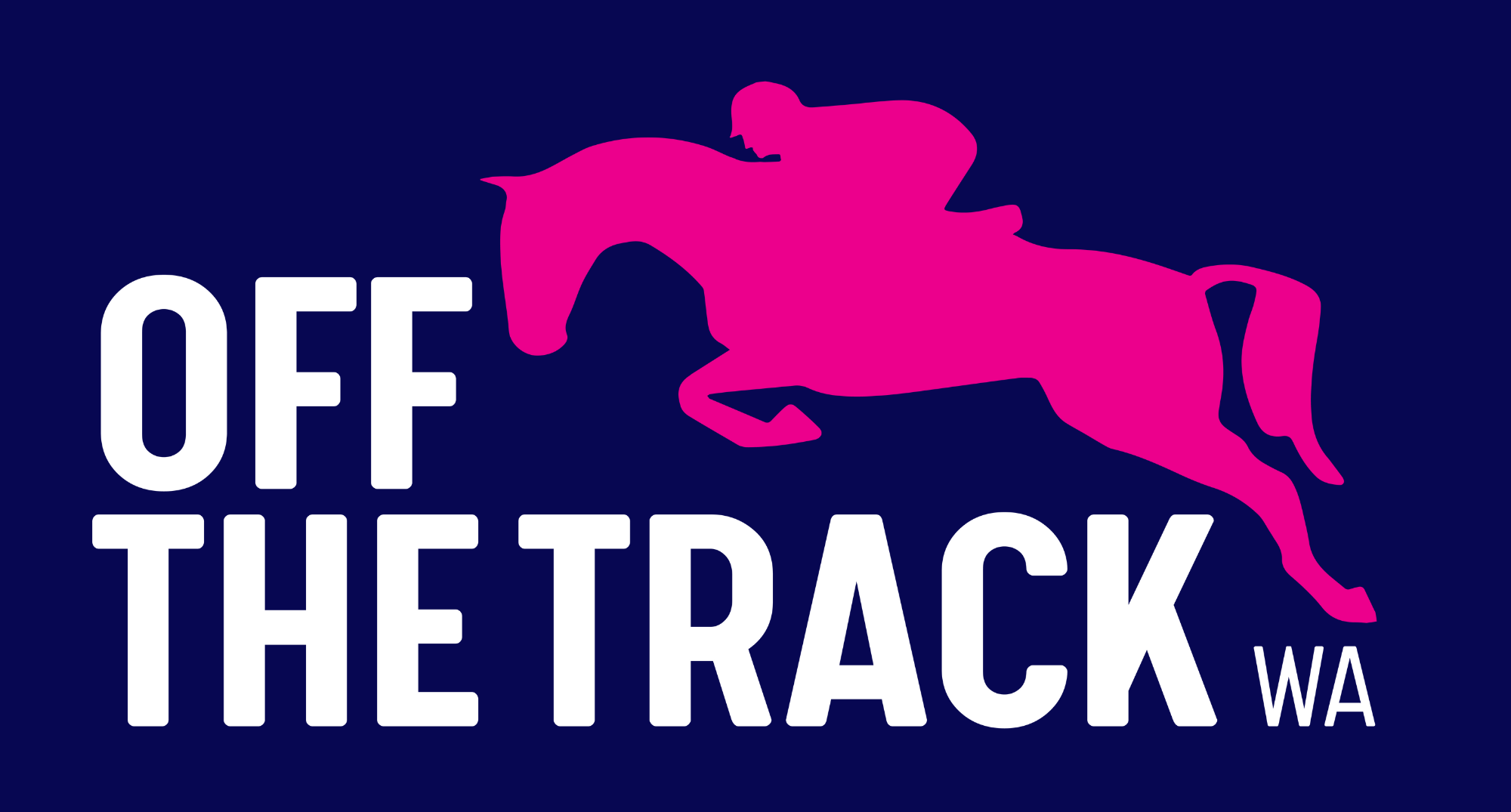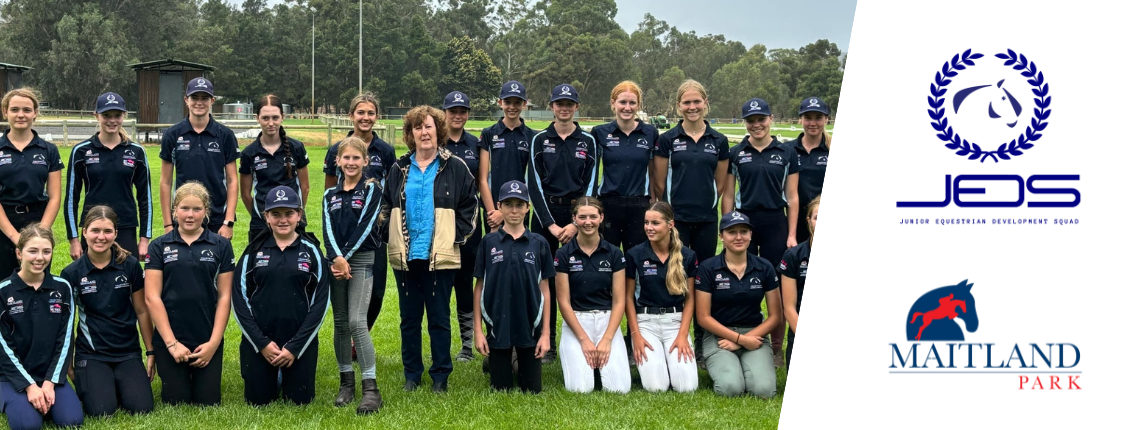Equestrian Australia Voluntary Administration: Q&As
Why is Equestrian Australia (EA) under voluntary administration?
On 9 June 20, the EA Board placed the company into voluntary administration, due to their concerns that “the Company was likely to become insolvent in the near future” (KordaMentha report, 7 July 20). Detailed cash flow forecasts were not released by the EA Board to support the decision.
Just four weeks later, the KordaMentha report shows that EA is clearly solvent and that net assets exceed $1.8m. Also, the report has no details about efforts to significantly cut costs to improve EA’s trading position (e.g. contract out the finance function, sell the office, move to cheaper offices, reduce staffing, adopt a shared services model etc) and indeed one of the first decisions by KordaMentha was to give State Branches a 25% discount on national levies, worth about $100,000.
The Equestrian WA Board regards the whole EA administration process to be unrelated to insolvency and will waste more than $300k of member’s money. The real reason is that the current EA Board wants a plebiscite of members to justify the constitutional change, with the threat of EA being wound up if they don’t get what they want.
It should be noted that the EA Board is democratically elected by EWA Members – we provide a voice and leadership for EWA and have had many members support our stand in this process to date.
What will happen at the Second Creditors Meeting on 14 July 2020?
Essentially, creditors will choose between two Deeds of Company Arrangements (DOCA), proposed by KordaMentha and the State Branches. We view it unlikely that the other options such as wind up EA or return it to the current Directors will be the successful outcomes.
Given the creditor and employees balance far outweigh the value attributed to members, the creditors and employees vote will lead the outcome.
Will EA members have a say?
Yes. The whole purpose of the EA administration, driven by the current EA Board, is to hold a non-legally binding plebiscite, for members to vote on constitutional change. The State Branches have simply provided an alternative solution for consideration by members.
Why have the State branches submitted an alternative DOCA?
We strongly believe that the “one member, one vote” model proposed will significantly disadvantage the members in smaller states, including WA. The DOCA proposed by ETAS, ENSW, EVIC, ESA and EWA is, we believe, the only fair, representational, methodical, and equitable way forward for EA and our members.
What will happen if the KordaMentha DOCA is approved?
- The Current EA Board will be removed and a Nominations Committee will be appointed to choose an Interim Board.
- A Special General Meeting will be called, asking the six State Branches to amend the EA Constitution to allow all 20,000 members to vote on future changes (i.e. one member one vote).
What will happen if the amended State Branch DOCA is approved?
The Current EA Board will be removed and a Nominations Committee will be appointed, comprising two Discipline representatives, one from the State Branches and an Independent Chair, to choose an Interim Board.
Separately, the State Branches have requisitioned a Special General Meeting, with a motion to amend the EA Constitution to allow a representative group (56 in all) including State and National Discipline and Coaching Committees, as well as the State Branches, to decide future changes (e.g. which model should be adopted).
Does Equestrian WA object to the one member, one vote principle?
Yes. We have consulted with members, Department of Sport and Recreation (a major financial supporter of EWA) and the one vote per member severely disadvantages the opportunity for a WA voice to be heard.
Additionally, no National Federation affiliated with the FEI (e.g. Britain, United States, Germany and Canada etc) nor any Australian National Sporting Organisation (e.g. Sailing Australia and Cycling Australia) has this. Equestrian NSW has more than 40% of EA’s members, so will likely benefit the most, however, even ENSW is in concert with EWA’s position on this matter.
Why is the 56 Stakeholder model better?
The group of 56 will include:
- States Discipline Committees and Councils (35)
- State Coaching Committees (6)
- EA Discipline Committees and Coaching Committee (8)
- State Branches including Equestrian Northern Territory (7)
The State and National Discipline and Coaching Committees, who will have most of the votes and all are democratically elected by members:
- Understand and in most cases deliver our sport.
- Will represent all Disciplines and States fairly.
- Are better placed to engage directly with members to understand their needs and aspirations.
Will the State Branch DOCA deliver the outcomes required by Sport Australia, the FEI and AOC?
Sport Australia, the FEI and AOC all want democratic and representative governance and have not been prescriptive about mandating one member one vote. It is inappropriate for KordaMentha to speculate in its report that the State Branch proposal won’t deliver the outcomes required by Sport Australia, the FEI and AOC.
Does Equestrian WA support governance reform?
Yes. In 2018, all 6 state Branches did a significant body of work and tried to engage with EA towards agreeing to roles and responsibilities but was unable to do so because EA wouldn’t release costing details for the proper analysis to be done.
Irrespective of the legitimacy of the EA administration, Equestrian WA supports the process to achieve necessary governance reform, with proper consultation and costing of all models proposed.
Does the Equestrian WA Board have preferred governance and business model?
No. Equestrian WA has a sound working relationship with our Discipline Committees, as well as our Coaching Committee. We have been successful in securing significant state government funding and providing member services, whilst allowing our Committees to get on with running their sports.
Equestrian WA does, however, want to make sure that proper due diligence is done on all the governance options. Lots of good work has already been done, but more is needed to assess the options against solid criteria including financial stability and equity.
It is important that the Western Australian equestrian community develop the model that is right for our circumstances and geographical environment, rather than have a model from another country or another sport forced on us. Respect needs to be given to our sport and members to consider the positive and negative aspects of all models to come up with one that represents equestrian in Australia and future proof it for many years to come.














